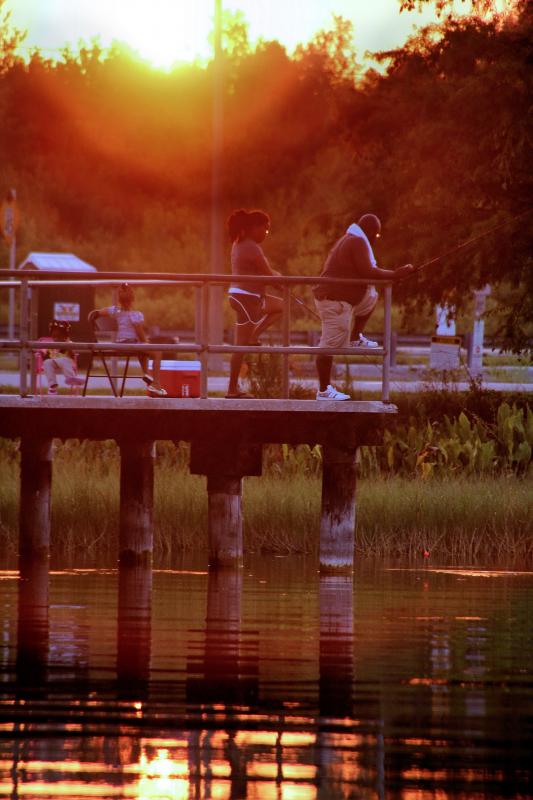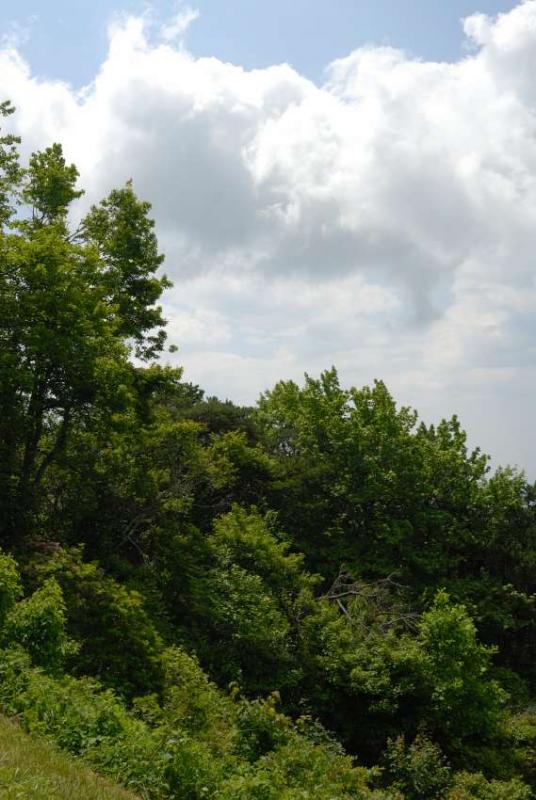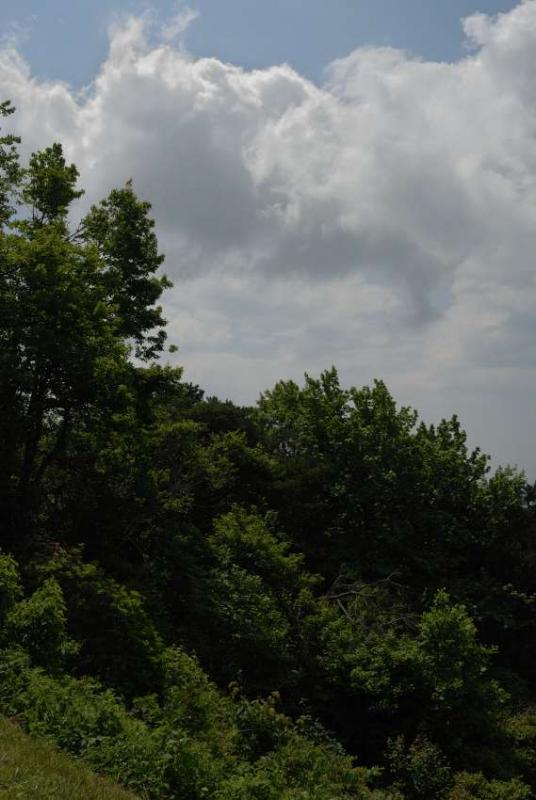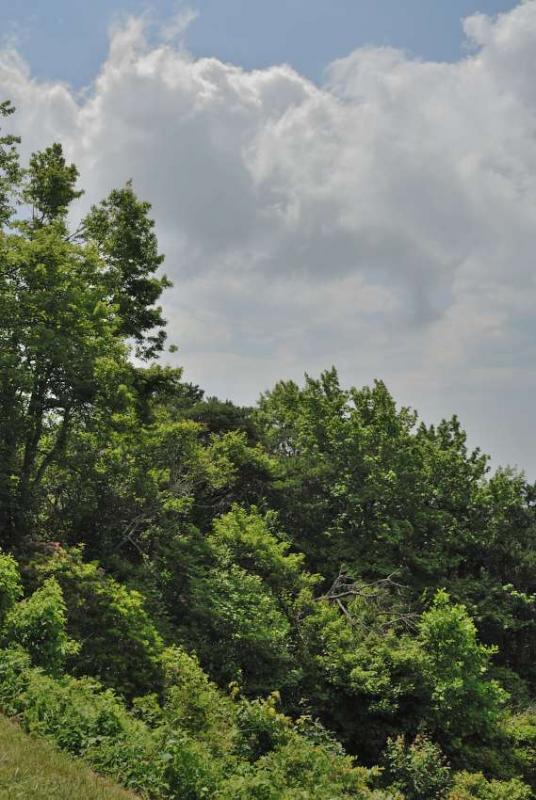- Forum
- General Discussion | Introductions | Off Topic Forum
- Photography General Discussion
- Help please with blown out skies
Help please with blown out skies
-
 Topic Author
Topic Author
- transform567
- New Kid On The Block
-
- Sony a290
- Followers: 0
- Posts: 30
-
Points:
0
Post #103104
-

- Baydream
- Moderator
-
- Canoni/60D/70D/5DmkIII
- Followers: 388
- Posts: 11185
-
Points:
7280
Post #103116
A Graduated ND filter will help a great deal.
www.photographytalk.com/photography-arti...tral-density-filters
Also, it is better to expose for the bright area (sky) because then there is often data in the darker areas unless they are completely "black" (stacked on the left side of the histogram.
You can also use bracketing and combine your shots in PP.
www.photographytalk.com/photography-arti...cketing-aeb-function
A polarizing filter may also help reduce the glare and enhance the sky. "Search" the forums for info on this.
Shoot, learn and share. It will make you a better photographer.
fineartamerica.com/profiles/john-g-schickler.html?tab=artwork
-
 Topic Author
Topic Author
- transform567
- New Kid On The Block
-
- Sony a290
- Followers: 0
- Posts: 30
-
Points:
0
Post #103122
I guess I should also buy some filters. Thanks.
Wait, I just thought of it...if I expose for the sky...wouldn't my subject be too dark? Although I guess that would depend on the amount of light that is falling on the subject correct?
Post #103126
transform567 wrote: So when in doubt I should expose for the bright area...ie: the sky.
I guess I should also buy some filters. Thanks.
Wait, I just thought of it...if I expose for the sky...wouldn't my subject be too dark? Although I guess that would depend on the amount of light that is falling on the subject correct?
Use a flash if your subject comes up too dark.
Post #103128
There are some really old guidelines that tell you to put the sun behind you. Shooting into the sun puts the subject in shadow often times and you are dealing with both refracted light as well as reflected.
“Amateurs worry about equipment, professionals worry about money, masters worry about light, I just make pictures… ” ~ Vernon Trent
-
 Topic Author
Topic Author
- transform567
- New Kid On The Block
-
- Sony a290
- Followers: 0
- Posts: 30
-
Points:
0
Post #103138
chasrich wrote:

There are some really old guidelines that tell you to put the sun behind you. Shooting into the sun puts the subject in shadow often times and you are dealing with both refracted light as well as reflected.
Even if the sun behind me, if it's still high in the sky, wouldn't the sky still be blown out? (if I don't expose for the sky)
-

- Nikonjan
- Master of the Lens
-
- Nikon D300
- Followers: 142
- Posts: 1566
-
Points:
0
Post #103142
chasrich wrote:

There are some really old guidelines that tell you to put the sun behind you. Shooting into the sun puts the subject in shadow often times and you are dealing with both refracted light as well as reflected.
That is what I was thinking. The sun behind you is best if you include the sky. And ND filters help and don't add a color to it.
www.betterphoto.com?nikonjan
Post #103146
Why can't your camera measure the sky? Most digi cameras have more than one way to measure exposure. Try measuring the sky as well as the subject then split the difference. Mostly go experiment and see what works best in lots of different conditions.
“Amateurs worry about equipment, professionals worry about money, masters worry about light, I just make pictures… ” ~ Vernon Trent
-
 Topic Author
Topic Author
- transform567
- New Kid On The Block
-
- Sony a290
- Followers: 0
- Posts: 30
-
Points:
0
Post #103148
Nikonjan wrote:
chasrich wrote:

There are some really old guidelines that tell you to put the sun behind you. Shooting into the sun puts the subject in shadow often times and you are dealing with both refracted light as well as reflected.
That is what I was thinking. The sun behind you is best if you include the sky. And ND filters help and don't add a color to it.
What filters add color?....besides the typical color filters like red or green. I mean does a polarizing filter add color?
-

- Screamin Scott
- Moderator
-
- Nikon D610, Nikon D7100, Nikon D300, Olympus OMD E-M5 MarkII, Olympus OM-D E-M10, Olympus Pen E-P3 + film SLR's
- Followers: 1384
- Posts: 6858
-
Points:
40052
Post #103252
-

- Baydream
- Moderator
-
- Canoni/60D/70D/5DmkIII
- Followers: 388
- Posts: 11185
-
Points:
7280
Post #103296
The polarizer does not "add color" but reduces glare.transform567 wrote:
Nikonjan wrote:
chasrich wrote:

There are some really old guidelines that tell you to put the sun behind you. Shooting into the sun puts the subject in shadow often times and you are dealing with both refracted light as well as reflected.
That is what I was thinking. The sun behind you is best if you include the sky. And ND filters help and don't add a color to it.
What filters add color?....besides the typical color filters like red or green. I mean does a polarizing filter add color?
I have both a grey and a blue ND Grad filter.
Shoot, learn and share. It will make you a better photographer.
fineartamerica.com/profiles/john-g-schickler.html?tab=artwork
-
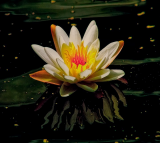
- robbie
- Apprentice
-
- D200,665nm D200,720NM D70,D7000
- Followers: 72
- Posts: 2768
-
Points:
25
Post #103326
be easily correct.I uses this technique shooting cloud filled landscapes in hot sun plus it`s the same for those white birds.
Hope this helps
-

- robbie
- Apprentice
-
- D200,665nm D200,720NM D70,D7000
- Followers: 72
- Posts: 2768
-
Points:
25
-
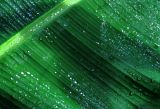
- ilh2009ky
- Lone Wolf
-
- Canon T4i and XSi
- Followers: 51
- Posts: 138
-
Points:
768
Post #103436
1) As mentioned above, use a half gradient neutral density filter;
2) Assuming you are shooting RAW, within the RAW converter first process the image focusing on the highlights (don't worry if the shadows are black with no detail); then save the image as a TIFF file. Second, process the image focusing on the shadows (don't worry if the sky is blown out and has no detail); save as a TIFF file. Then, combine the two TIFF images in Photoshop using layers and masking.
3) Shoot the image as HDR and process using HDR software (Photomatix Pro, HDR Efex Pro, HDR Darkroom, among others). For an easy way to tell when you have a high dynamic range or high contrast scene and thus need to shoot as an HDR image, use the following: if you are shooting into the sun, its high contrast and use HDR; if the sun is behind you, you don't need to use HDR; if the sun is on your side, you can shoot it either way. This is a rough rule of thumb which I use and have been pleased with the results. One last note, I personally do not care for burn out spots which can occur when shoting directly into the sun; rather, I always try to use clouds, mountains, plants, etc. to block the full sun. Clouds are my first choice. Other photographers have no problem with sun burnout and I've seen many great pro and amateur images with it.
- Forum
- General Discussion | Introductions | Off Topic Forum
- Photography General Discussion
- Help please with blown out skies
Latest Reviews
The Fujifilm XT5 is a 40MP mirrorless camera capable of 6.2K video at 30p. With those specs, it’s an ideal choice for photographers needing a camera to pull double duty for imaging and video.
The Canon EOS R100 is an entry-level mirrorless camera introduced in 2023. But just because it’s an entry-level camera doesn’t mean it’s a bare-bones camera. Find out why in this review!
Nikon’s retro-looking Nikon Zfc is anything but retro. Under its classic body is a host of features and amenities that make it a worthwhile compact mirrorless camera for 2024.
The Canon EOS R50 is one of the newest R-system cameras from Canon. Is it worth your money? Find out all the details you need to know in this comprehensive review.
Forum Top Posters
-
1TCav 9 posts
-
2CharleyL 5 posts
-
3Sawyer 5 posts
-
4Razky 4 posts
-
5AstralArti... 3 posts
-
6Jason Stevens 3 posts
-
7db3348 3 posts
-
8Stanly 3 posts
-
9Randy Shaw 3 posts
-
10Moe 3 posts
Latest Articles
Urban photography is a genre showcasing features in urban settings. You can photograph people, architecture, mass transit, and many other subjects. Learn how to do so in this guide!
The Nikon D850 might be an older DSLR, but it was ahead of its time when it debuted in 2017. That means it still has plenty of firepower to compete with today’s powerful mirrorless cameras.
The best beginner camera isn’t the same for everyone. That means having choice is of the utmost importance. In this guide, explore five excellent beginner camera options for 2024 and beyond.
Child portrait photography is a unique undertaking requiring special skills and talents to get the best results. Start mastering this photography niche with these essential tips!
The Fujifilm XT5 is a 40MP mirrorless camera capable of 6.2K video at 30p. With those specs, it’s an ideal choice for photographers needing a camera to pull double duty for imaging and video.
Using leading lines in photography helps improve the composition by drawing viewers in and leading their eye from the foreground to the background. Explore some fine examples of this in this guide!
The Insta360 has one of the best lineups of action cams and 360-degree cameras. With these Insta360 accessories, you can elevate your photography and videography game!
Creating impactful photos of landscapes depends on many factors, not the least of which is your talent behind the lens. This guide explores other elements required for the best product.








